Like fish? You better if you travel to Busan, South Korea. And the place to be is the Jagalchi Fish Market, the biggest fish market in all of Korea. When I say big, I mean huge. Do not miss it.
Busan (as it has been named officially since 2000 to avoid the unpleasant sound of its original name, Pusan) is South Korea’s second biggest city, weighing in at about 3.6 million people. Sitting on the southeast coastline, Busan is know for its grand beaches, mountainous parks, ancient temples, and, of course, an aquarium.
One of Busan’s biggest attractions is the fish market. Located in the Nampo-dong neighborhood along the waterfront, the rather surprising main building takes up several floors behind a wall of glass. The first floor is lined with row after row of fresh seafood, much of it still alive and waiting to be chosen for tonight’s dinner. The second floor has a restaurant and a dried fish market. Upper floors hold an exhibition room, another restaurant and seafood buffets, and oddly enough, a guesthouse and sky park.
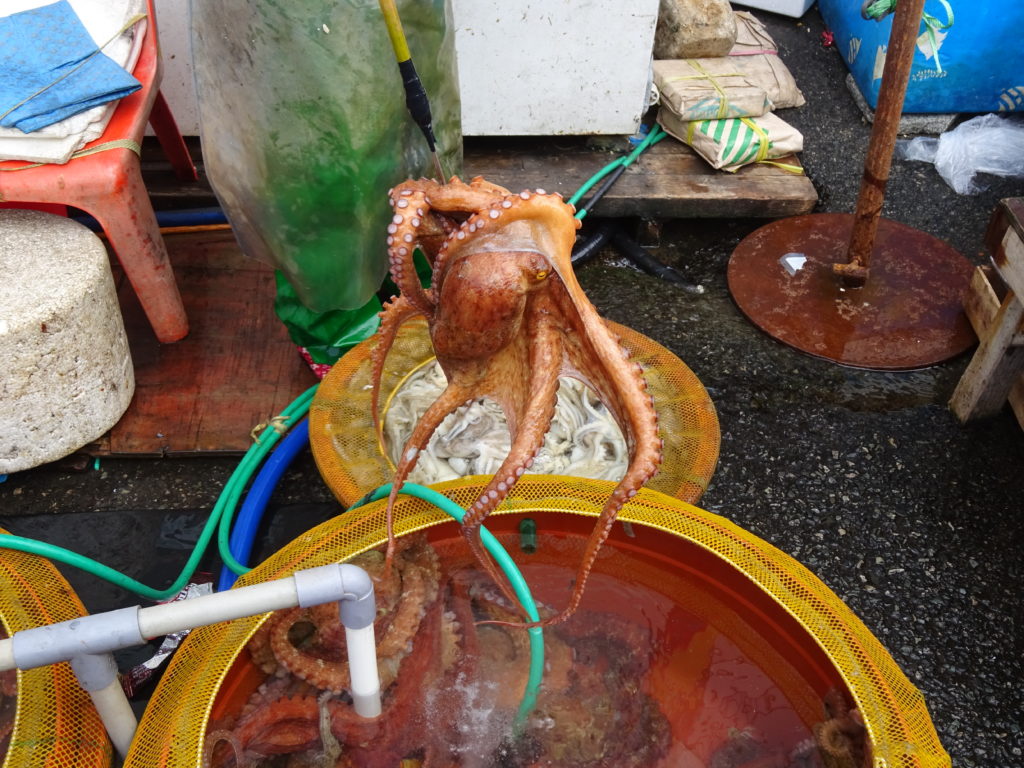
But to me the much more interesting part of the fish market is the one outdoors. Stretching down a narrow lane from the front doors of the building are hundreds of small vendors selling every kind of seafood you can imagine. Some of it is mobile like this octopus (above) that almost made a getaway before being snagged up by the vendor and returned to his not-so-private temporary swimming pool.
Not to be outdone, each vendor tries to lure you into their stand by hyping their specialties – live hagfish, clams, sea cucumbers, whelk, mackerel, pompano, belt fish, skate, lobster, several species of crabs, and some things that I still can’t identify despite my old marine biology training.
If you don’t want live fish, or those freshly departed, you can find every variety of dried fish and squid to gnaw on. A few stalls sell precooked fish as well. Hungry now? Many of the outdoor stalls have mini-restaurants tucked in behind their display tables where they will be happy to whip up a freshly cooked (and killed) morsel of your choice on the ubiquitous compressed coal open stoves. Don’t know what to order? Choose the pre-made variety dishes for a delicious hot pot. Don’t forget the vegetables (you can buy those here too).
You can get to Jagalchi by taking Line 1 of the Busan subway system to Jagalchi station. Take Exit 10 and head for the waterfront.
There is so much more to see in the Busan. Stay tuned.
David J. Kent is an avid science traveler and the author of Tesla: The Wizard of Electricity and Edison: The Inventor of the Modern World (both Fall River Press). He has also written two e-books: Nikola Tesla: Renewable Energy Ahead of Its Time and Abraham Lincoln and Nikola Tesla: Connected by Fate. His next book, Lincoln: The Man Who Saved America, is scheduled for release in summer 2017.
Follow me by subscribing by email on the home page. And feel free to “Like” my Facebook author’s page and connect on LinkedIn. Share with your friends using the buttons below.





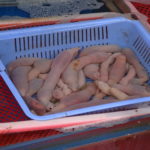
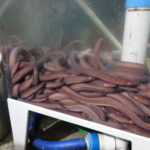
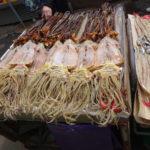
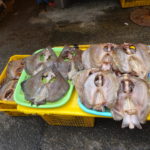
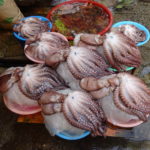


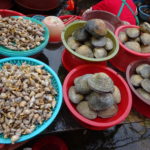

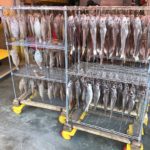
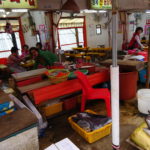
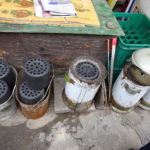

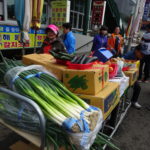








I know this place well! Definitely the venue for super-fresh seafood. Upstairs, toward the bay is a great place to get sannakji. That’s where I had my unofficial retirement dinner after one last business visit to Busan a few years back. Happy to say that despite the freely flowing soju, we all survived.
Definitely a cool place. Had a little soju, not free flowing. Still sorting through the photos.
Pingback: The Year in Science Traveling – 2017 | Science Traveler